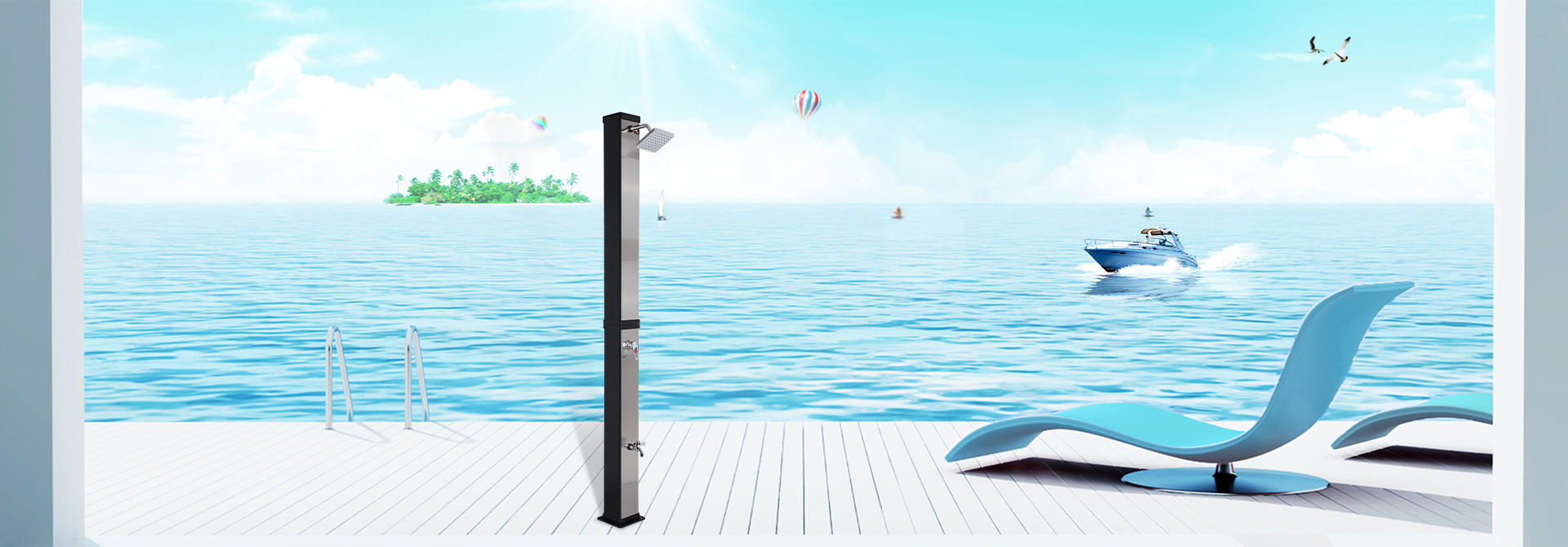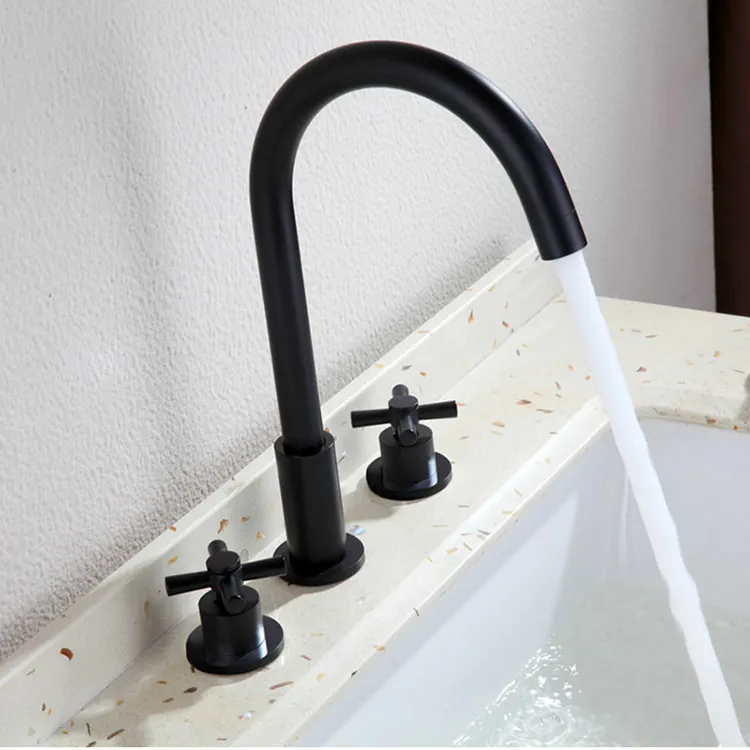In recent years, the global water crisis has become an increasingly pressing issue, with many regions around the world facing severe water shortages. As populations grow and climate change exacerbates drought conditions, the need for effective water conservation measures has never been more critical. One often overlooked but significant aspect of water conservation is the humble faucet.
Faucets, the everyday fixtures found in kitchens and bathrooms, play a crucial role in water usage. According to the Environmental Protection Agency (EPA), the average American household uses over 300 gallons of water per day, with a significant portion of this consumption coming from faucets. This makes them a key target for water-saving initiatives.
Modern advancements in faucet technology have led to the development of water-efficient models that can significantly reduce water usage without compromising performance. For instance, aerated faucets mix air with water, reducing the flow rate while maintaining pressure. This simple yet effective design can cut water usage by up to 30%, making it an essential tool in the fight against water waste.
Moreover, sensor-activated faucets, commonly found in public restrooms, are becoming increasingly popular in residential settings. These faucets use infrared technology to detect the presence of hands, automatically turning the water on and off. This not only reduces water waste but also promotes better hygiene by minimizing contact with potentially contaminated surfaces.
In addition to technological advancements, public awareness and education about water conservation are vital. Many people are unaware of the amount of water they use daily and the impact of their habits on the environment. Simple actions, such as turning off the faucet while brushing teeth or fixing leaks promptly, can make a significant difference. According to the EPA, a leaky faucet that drips at the rate of one drip per second can waste more than 3,000 gallons of water per year.
Governments and organizations worldwide are also stepping up their efforts to promote water conservation. In the United States, the WaterSense program, launched by the EPA, certifies products that meet stringent water efficiency and performance criteria. Faucets bearing the WaterSense label are at least 20% more water-efficient than standard models, helping consumers make informed choices that benefit both their wallets and the environment.
Internationally, countries facing severe water shortages are implementing innovative solutions to address the crisis. In Cape Town, South Africa, which narrowly avoided running out of water in 2018, the government has introduced strict water usage regulations and incentives for installing water-saving devices, including efficient faucets. Similarly, in Australia, the Water Efficiency Labelling and Standards (WELS) scheme rates the water efficiency of products, encouraging consumers to choose more sustainable options.
The private sector is also playing a role in promoting water conservation through faucet innovation. Companies like Kohler and Moen are investing in research and development to create products that use less water without sacrificing functionality. These efforts are not only good for the environment but also make economic sense, as water-efficient products can lead to significant savings on utility bills.
In conclusion, while the global water crisis is a complex and multifaceted issue, the role of faucets in water conservation should not be underestimated. Through technological advancements, public awareness, and government initiatives, significant strides can be made in reducing water waste. As individuals, we can all contribute by making small changes in our daily routines and choosing water-efficient products. By doing so, we can help ensure that this precious resource is preserved for future generations.
Post time: Sep-25-2024


